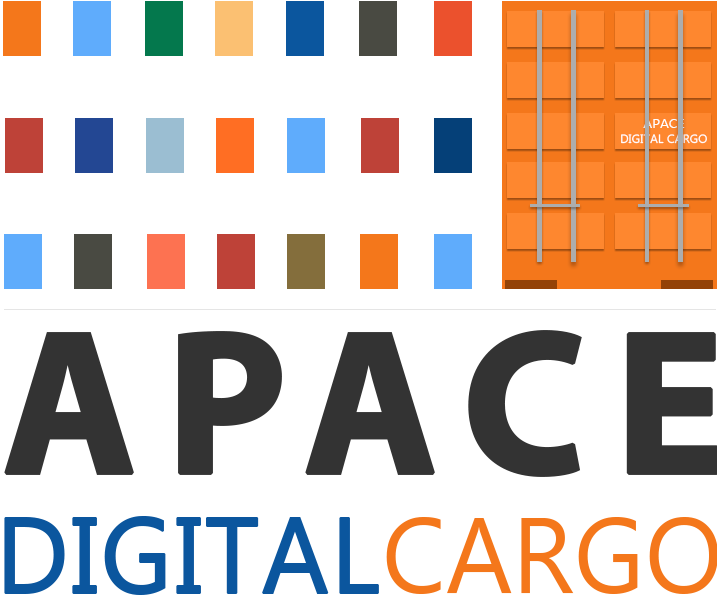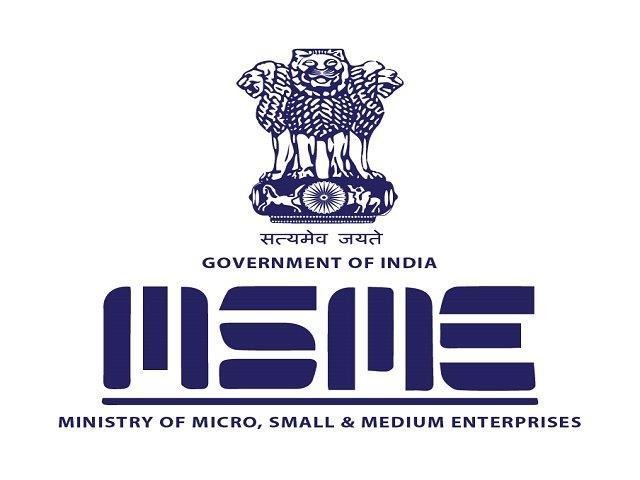
Mahindra Logistics, a leading third-party logistics provider in India, is in the process of revamping the operations of its subsidiary, 2×2 Logistics. The revamp is aimed at boosting the company’s automotive outbound logistics business, which caters to the four-wheeler and two-wheeler industries.
The revamp involves a number of initiatives, including the refreshing of 2×2 Logistics’ fleet of vehicles, dome conversions, increasing the average running time of the vehicles and reworking routes, new technology solutions, and the strengthening of its customer relationships.
2×2 Logistics provides logistics and transportation services to Original Equipment Manufacturers (OEMs) to carry finished automobiles from the manufacturing/assembly locations to stockyards or directly to distributors through specially designed vehicles. It owns and operates 150+ vehicle carriers. Mahindra Logistics, which owns 55 percent of the company, partnered with Indian Vehicle Carriers (IVC) in 2014 to form the entity.
Prasanna Pahade, Vice President, Auto and Farm Business, Mahindra Logistics, told Autocar Professional that since the last year, as the auto industry ramped up its operations, Mahindra Logistics has started getting the fleet back on the road. As the business was virtually non-existent, most of the company’s vehicles were stranded on the roads. The company, therefore, first got drivers on the wheels and got the maintenance of the vehicle done before it could be put on tours, taking loads from the customers and then increasing the running kilometres per month. In Q4FY23, the company also did some dome conversion, which is mandated as per the new norms. The Ministry of Road Transport and Highways had in mid-2020 issued a notification, amending the rules relating to dimensions of motor vehicles in line with international standards. The amended rules also ask truck- trailers engaged by auto manufacturers to carry motor vehicles/construction equipment motor vehicles with a closed body.
Thirdly, with most of its fleet slightly dated now, the company has decided to add a few fresh vehicles to the fleet. The company has yet to firm up in terms of what will be phased out and replaced or what would be the net addition.
“So demand as well as realisation—both things are now kind of northward from where they were substantial parts of last year, and we are confident that that business will be doing much, much better,” said Pahade.




